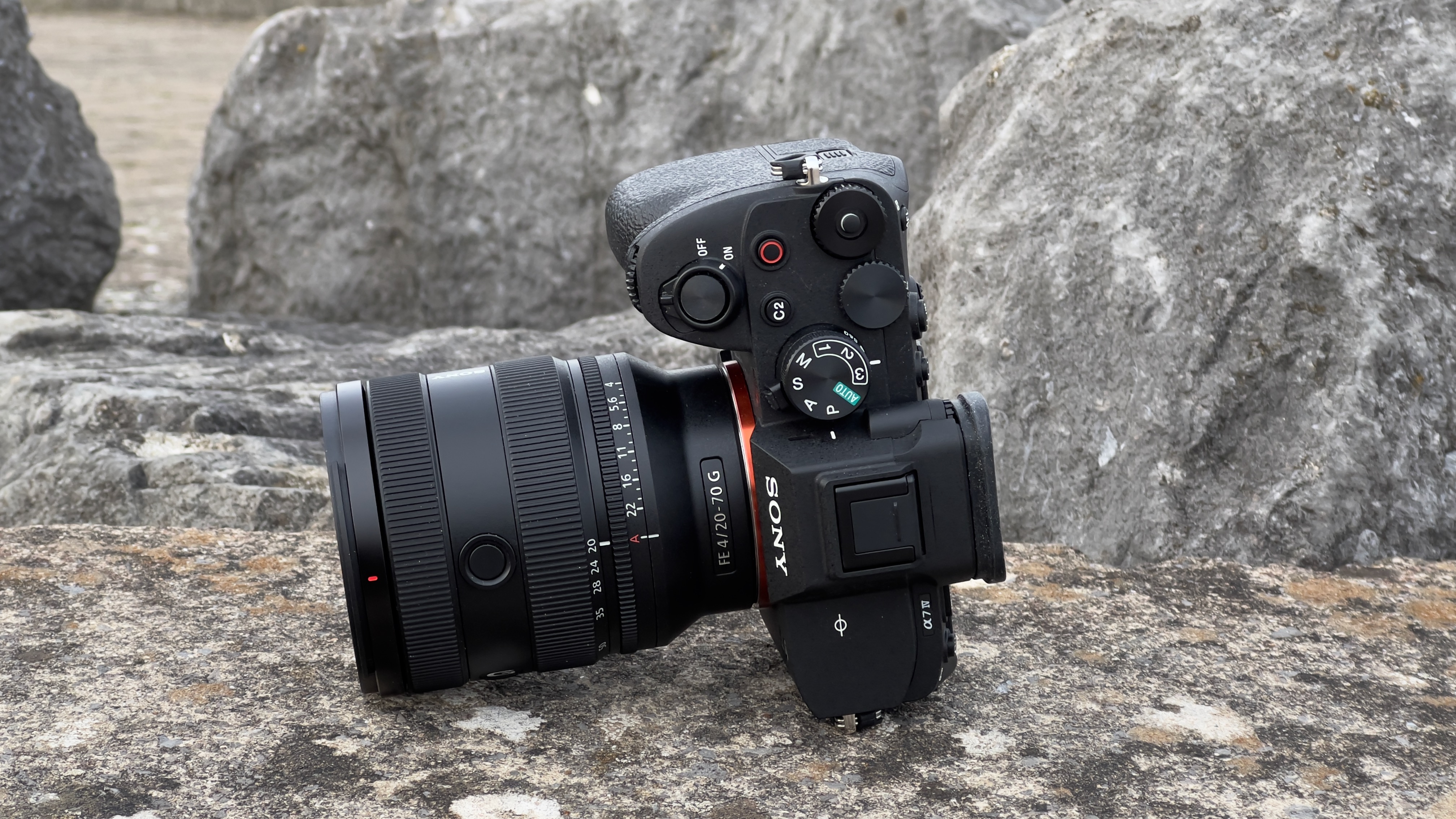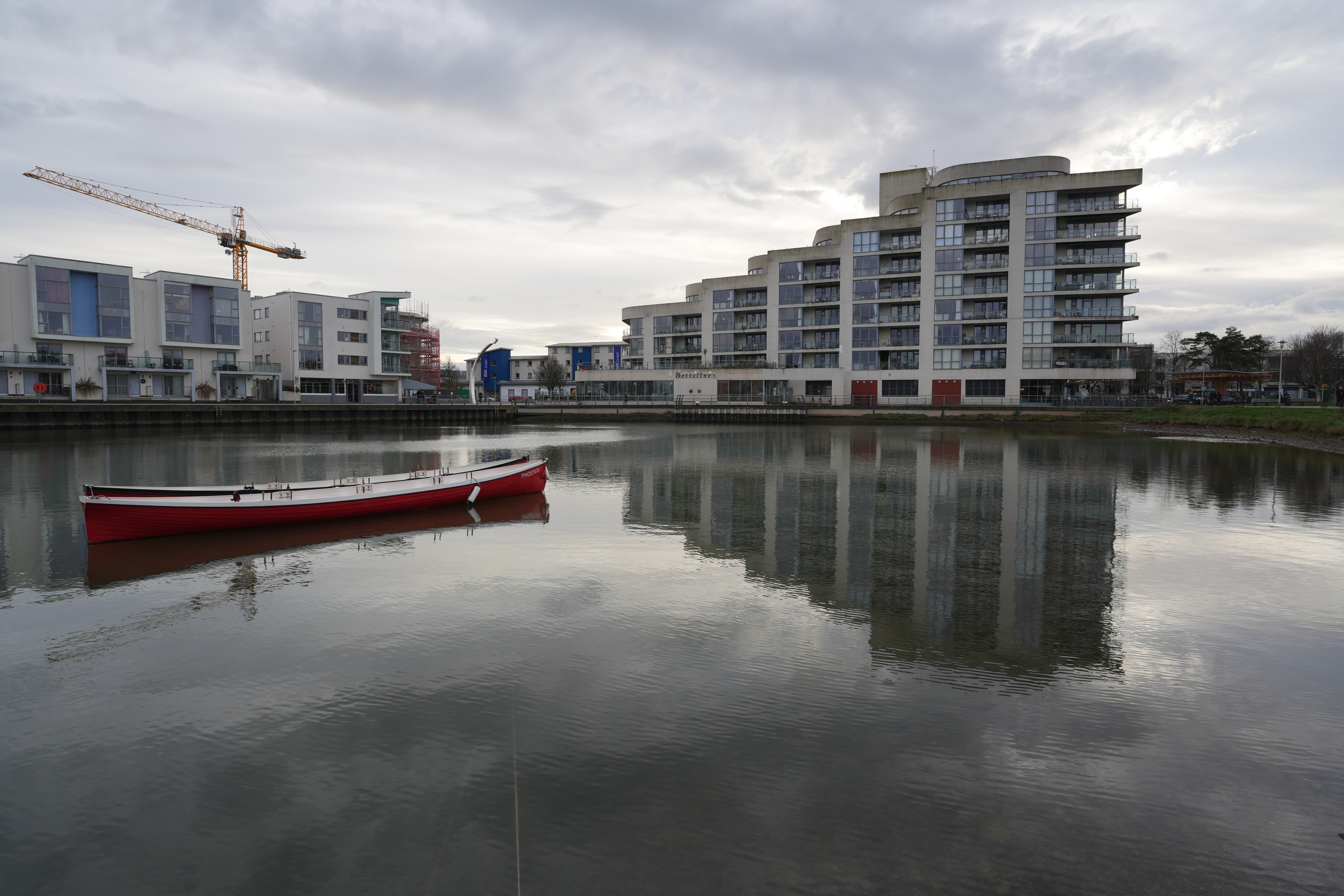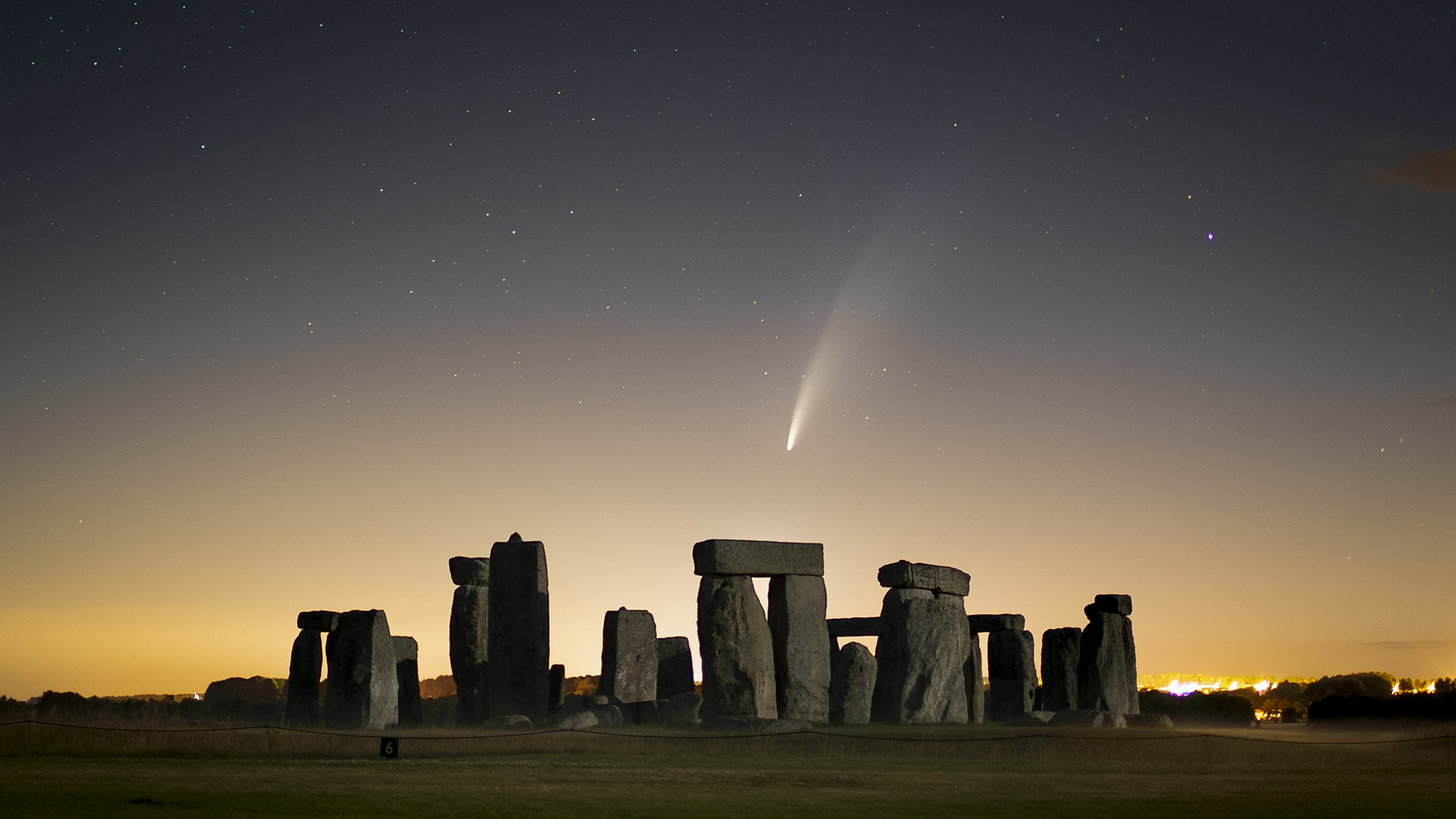The Sony FE 20-70mm F4 G is a lens that EVERYBODY ought to make
Will it save me from having to carry two lenses everywhere – and then only using half their range?

When you run out of focal range with your standard zoom, is it at the long end or the wide end? With me, it’s always at the wideangle end of the zoom range. The lens won’t go wide enough to get everything in, and I can’t step back far enough. That's why I'm so keen to talk about the new Sony FE 24-70mm FG.
People are different, of course. I just happen to have a wideangle ‘eye’ and I like the exaggerated perspectives of shorter focal length lenses. Other photographers, especially portrait photographers, like to step back and use longer focal length lenses to flatten perspective and give better background blur and separation.
But if that’s your style, you’ve already got plenty of choice. I have the Sony FE 24-105mm F4 G standard zoom which is really good for this style of photography. But if I go anywhere at all to photograph city streets, architecture or interiors, I know I’m going to have to take my Zeiss 16-35mm f/4 too. The Sony 24-105mm is enough of a lump already without having to pack even more glassware. Worse (for me) is that with the 24-105mm I know that around 90% of my shots are going to use no more than 50% of its focal range.
That's why the new Sony FE 20-70mm F4 G is potentially so interesting. In fact, after using it for just a couple of days, I've quickly reached the conclusion that it's one of the best Sony lenses of all and certainly one of the best standard zoom lenses.
At last – the perfect standard zoom?

So the new Sony FE 20-70mm F4 G sounds the perfect solution. Its 20mm minimum focal length isn’t as wide as my 16-35m, but most of the time it’s wide enough – and the 70mm maximum is plenty for my shooting style. What’s not to like?
This is not the first ultra-wide standard zoom. The Panasonic Lumix S5 usually ships with a pretty remarkable Lumix S 20-60mm f/3.5-5.6, though the low cost and variable maximum aperture are downsides – it would be pretty remarkable for a lens this affordable to match a constant-aperture ‘pro’ lens.
Speaking of which, I’ve also used the OM System 8-25mm f/4, and that’s a pretty remarkable lens too. With an equivalent focal range of 16-50mm, it goes even wider than the Sony (great) but not as long (oh well). I like the Olympus lens a lot… if only it wasn’t quite so BIG on an MFT body. And what about the Tamron FE 20-40mm f/2.8? It is a full f-stop faster than this new Sony lens, but it also falls way short of its longest focal length. The Tamron is more like a 'long ultra-wide' lens, not a wide standard zoom.
Get the Digital Camera World Newsletter
The best camera deals, reviews, product advice, and unmissable photography news, direct to your inbox!
But will I buy one?

So the Olympus lens is a bit big, the Panasonic lens seems a bit cheap, the Tamron lens doesn't go long enough, so is the Sony FE 20-70mm F4 G the lens I’ve been waiting for? Not at £1,399 in the UK, where I live. In the US it's a good deal cheaper at an expected list price of $1,099, but that still seems plenty for an f/4 standard zoom. It’s good, but it’s not that good.
However, using it reminded me what a brilliant concept an ultra-wide standard zoom actually is. It also reminded me that maybe I’ve been looking at my own lenses the wrong way round. If I like wide shots so much, why don’t I just use my 16-35mm as my ‘standard zoom’ and pack the 24-105mm in my bag in case I need it?
D’oh.

Rod is an independent photography journalist and editor, and a long-standing Digital Camera World contributor, having previously worked as DCW's Group Reviews editor. Before that he has been technique editor on N-Photo, Head of Testing for the photography division and Camera Channel editor on TechRadar, as well as contributing to many other publications. He has been writing about photography technique, photo editing and digital cameras since they first appeared, and before that began his career writing about film photography. He has used and reviewed practically every interchangeable lens camera launched in the past 20 years, from entry-level DSLRs to medium format cameras, together with lenses, tripods, gimbals, light meters, camera bags and more. Rod has his own camera gear blog at fotovolo.com but also writes about photo-editing applications and techniques at lifeafterphotoshop.com
